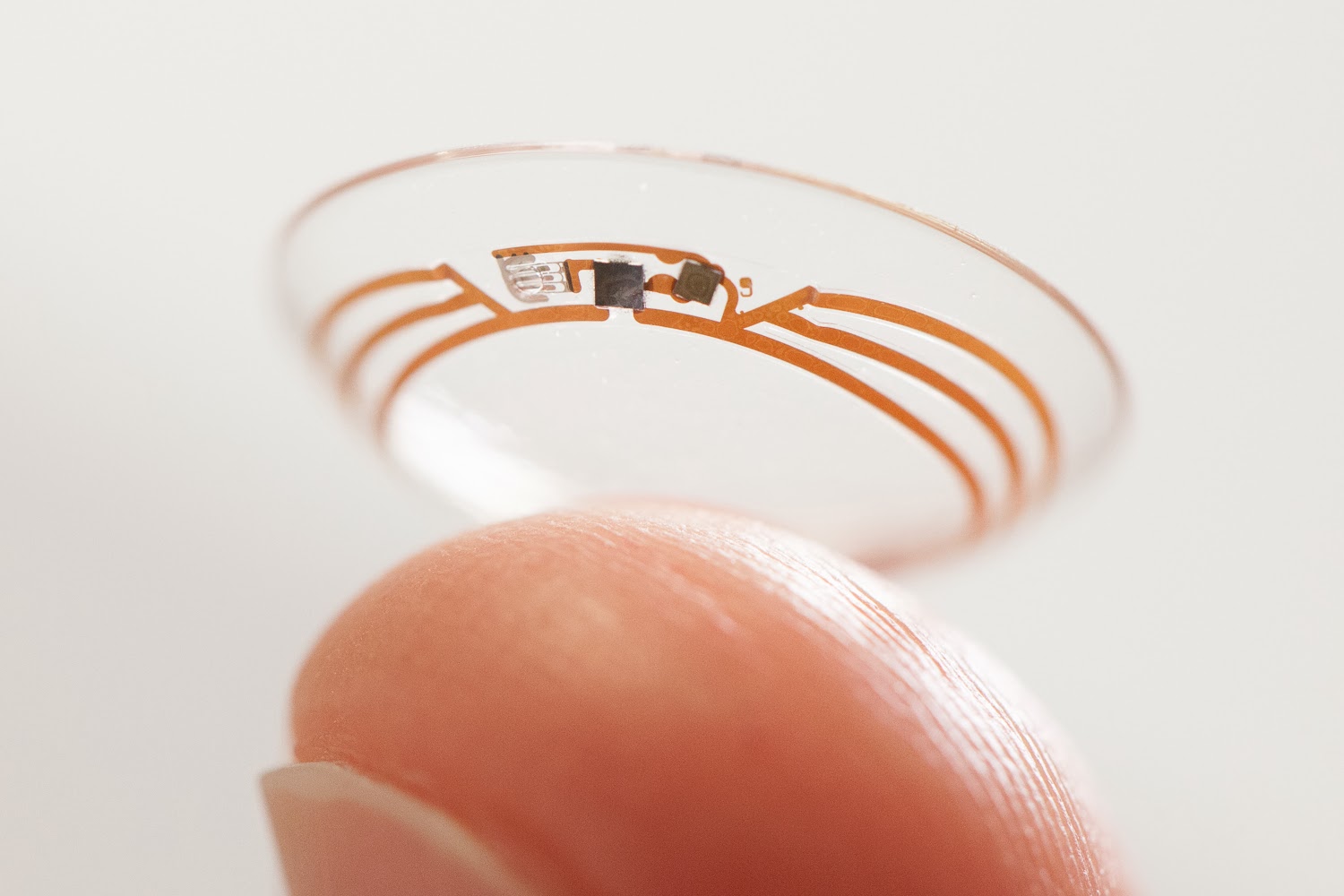They say eyes are the windows to the soul – but what about windows to your health? Researchers at Google’s secret research facility Google X are currently looking at tears – and a smart contact lens that can analyze them – as a way to improve the lifestyle of people affected by diabetes.
Led by Brian Otis and Babak Parviz, the project could create a more reliable and pain-free way for those who suffer from diabetes to track their glucose levels. The project cofounders write:
We’ve always said that we’d seek out projects that seem a bit speculative or strange, and at a time when the International Diabetes Federation is declaring that the world is ‘losing the battle’ against diabetes, we thought this project was worth a shot.
A Better Way to Keep Diabetes at Bay
Currently those who struggle with the disease control their blood sugar levels using glucose sensors embedded under the skin and by pricking their fingers to test their blood. But with glucose levels changing frequently with normal activity like exercising, eating or even sweating, it can be difficult to predict when blood sugar level will suddenly rise or fall. Such spikes, if undetected and untreated, can cause dangerous complications like damage to the eyes, kidneys and heart.
To decrease the chance of such spikes going unmonitored, the smart lens uses tears, which can be monitored often, instead of blood to test for glucose. It features a miniaturized wireless chip and glucose monitor embedded between two layers of a soft contact lens that can generate a glucose reading once per second. To help wearers use the lens as an early warning system, the Google X researchers are also exploring ways to integrate tiny LED lights that could indicate when glucose levels have crossed above or below certain thresholds.
Bringing a Smart Contact Lens to Market
There’s no word on when such a smart lens could be available to the public, but Otis and Parviz write that they’ve completed clinical research studies and are currently in talks with the FDA. The project co-founders plan to partner with experts in bringing such a product to market and develop apps that would make measurements available to the smart lens wearers and their doctors.
But do such smart contact lenses have applications beyond monitoring glucose levels? Interestingly, the smart lens project initially developed through a research collaboration between Otis and Parviz, while at the University of Washington, and Microsoft. Back then in 2012 Parviz gave a talk for Solve for X highlighting the medical and other technological benefits of a smart contact lens, demonstrating that the lens could link to cellphone towers and provide a display for games, virtual reality, augmented reality and interfacing with mobile. Sound like Google Glass? Perhaps that’s because, in addition to cofounding the smart contact lens project, Parviz also founded Google Glass. So is glucose monitoring just one of myriad uses for a smart contact lens? The evidence seems to point in that direction.
How do you think a smart contact lens could benefit those who suffer from diabetes? Those who are into wearable technology
Featured image by Google
Screencap by Solve for X




